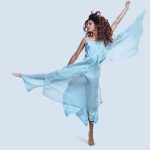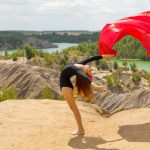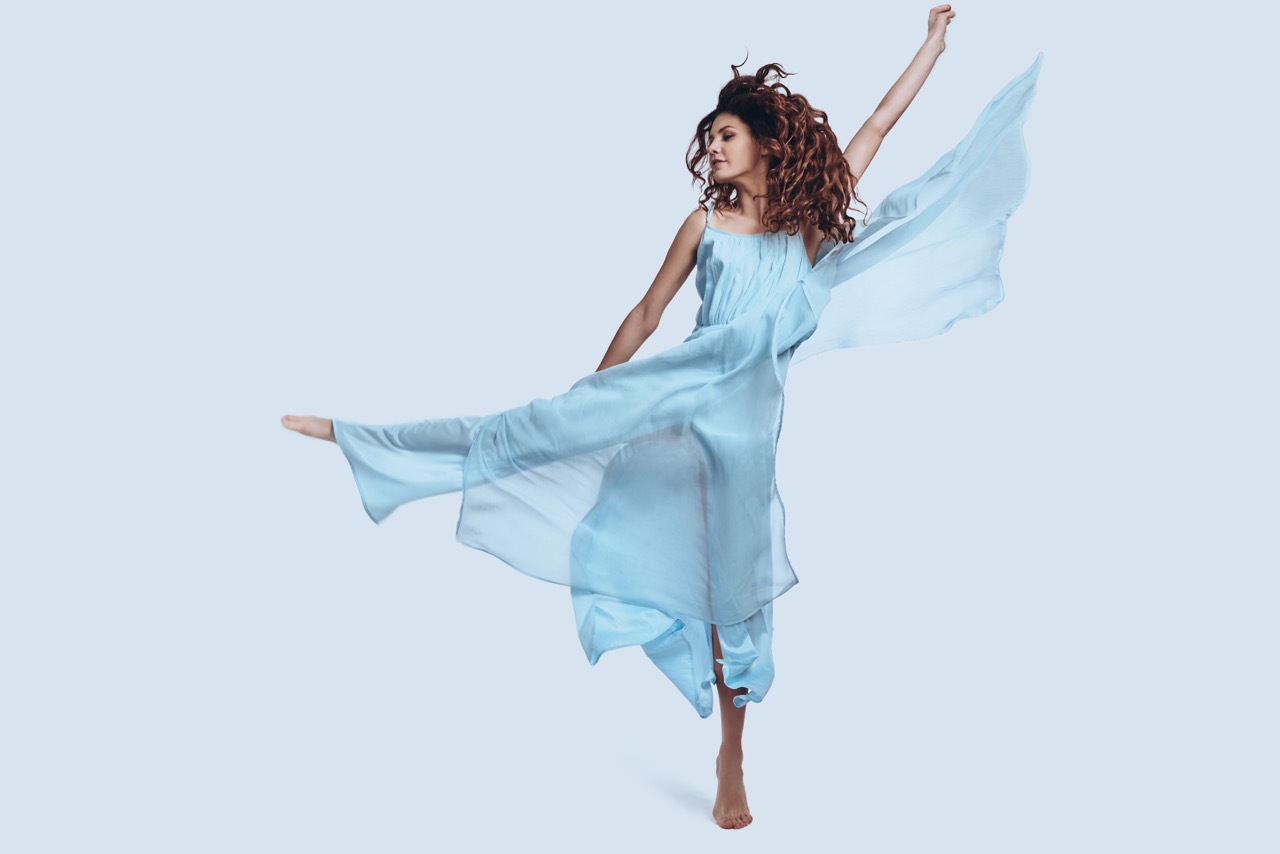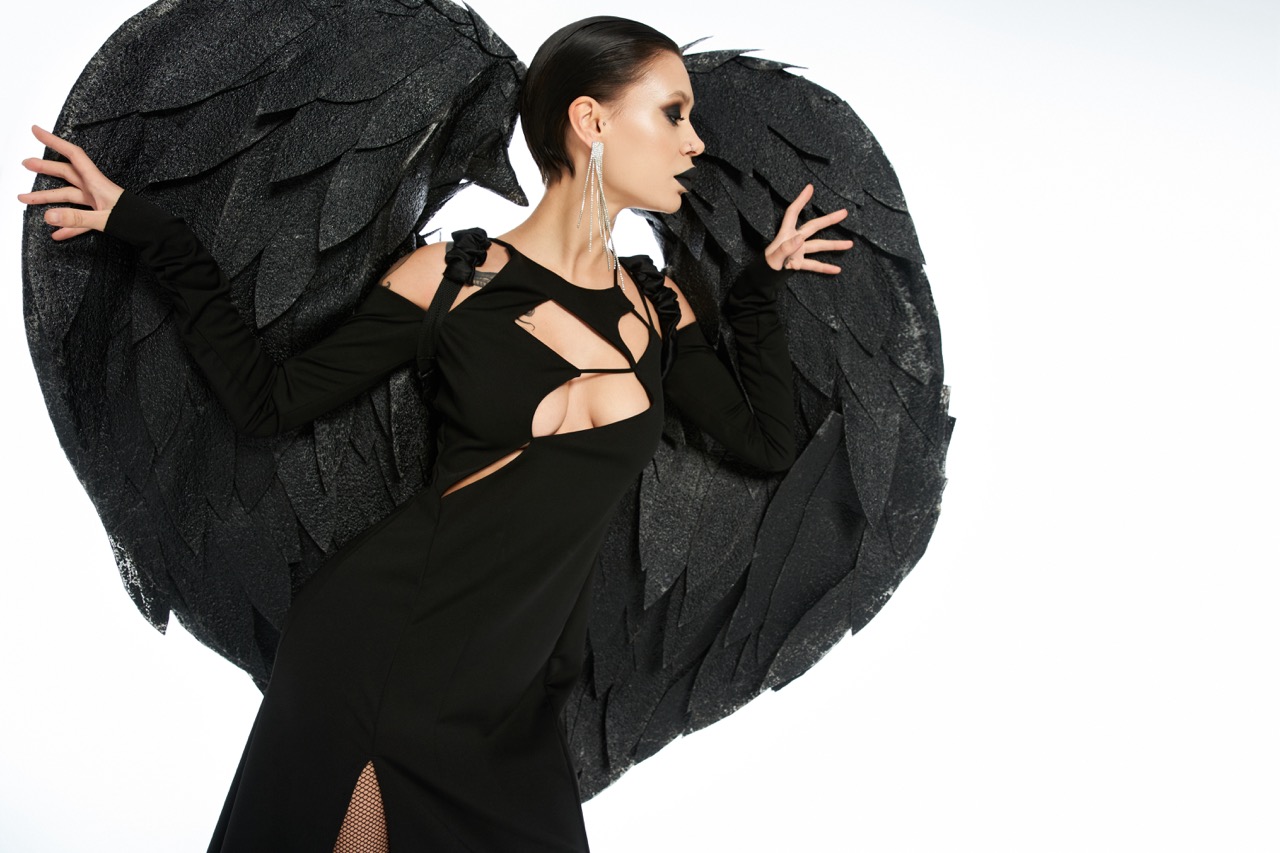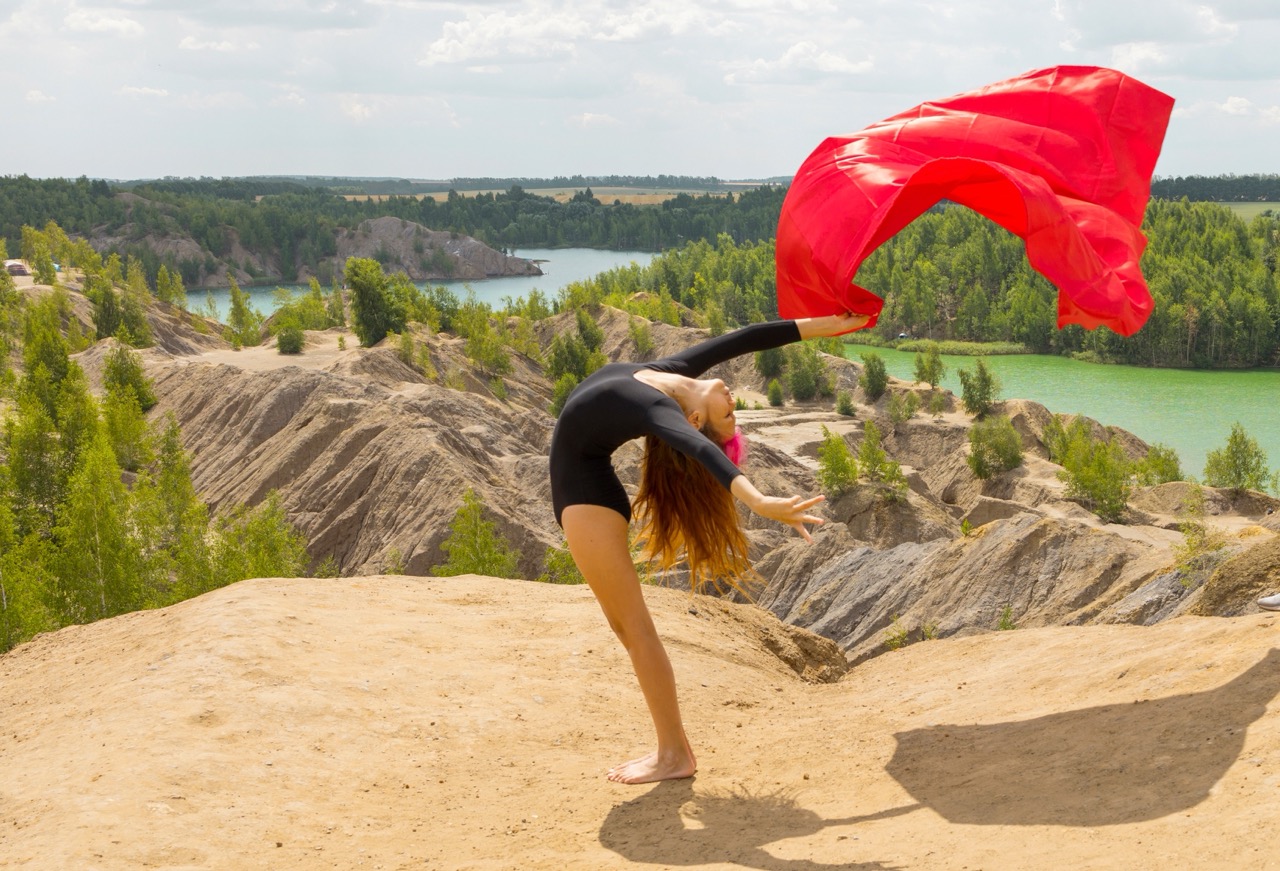As we age, maintaining physical health, social connections, cognitive functionality, and emotional well-being becomes increasingly important. Dance, an age-old form of human expression, offers a delightful avenue to support these aspects of life. For seniors and older adults, engaging in dance not only provides enjoyment but also fosters a multitude of benefits that can enhance their quality of life. This article delves into the various advantages of dance, showcasing its remarkable ability to empower older adults in their pursuit of wellness.
Embracing Movement: Dance as a Gateway to Wellness
Dance is a joyous and invigorating form of physical activity that can significantly improve the health of seniors. It promotes cardiovascular fitness, enhances flexibility, and builds strength, all of which are crucial for maintaining mobility and independence as people age. Unlike traditional exercise regimens, dance offers a creative outlet that makes movement feel less like a chore and more like a celebration of life, encouraging seniors to engage regularly and consistently.
Moreover, dance can be tailored to suit all physical abilities, from gentle movements for those with limited mobility to more vigorous styles for the more agile. Classes specifically designed for older adults often incorporate adaptive techniques, allowing participants to move comfortably at their own pace. This inclusivity not only makes dance accessible but also instills a sense of accomplishment, as seniors witness their physical capabilities improving over time.
Additionally, engaging in dance classes can help seniors develop better balance and coordination, reducing the risk of falls and injuries. The rhythmic movements, combined with the focus on body awareness, can lead to improved posture and stability. In essence, dance serves as a holistic form of exercise that nurtures both the body and spirit, encouraging seniors to embrace movement as a gateway to overall wellness.
Social Connections: Building Community Through Dance
Beyond its physical benefits, dance serves as a powerful tool for fostering social connections among seniors. In a society where isolation can often plague older adults, dance classes and community dance events create opportunities for individuals to meet, interact, and form friendships. These social bonds are vital for emotional health, providing a supportive network that can help mitigate feelings of loneliness and depression.
Participating in group dance activities encourages teamwork and collaboration, as participants learn to move in harmony with one another. This shared experience of learning choreography, improvising movements, or simply enjoying the music together helps to strengthen connections and build camaraderie. Such interactions can cultivate a sense of belonging, making seniors feel valued and included within their community.
Moreover, the joy of dancing together can lead to the formation of lasting friendships, enriching the lives of seniors in ways that extend beyond the dance floor. Whether it’s forming a weekly dance group or attending local dance events, these social connections create a vibrant community where seniors can share laughter, support one another, and engage in meaningful conversations, ultimately enhancing their overall quality of life.
Cognitive Gains: Boosting Brain Health with Rhythm
Dance is not only beneficial for physical health but also plays a pivotal role in enhancing cognitive functioning among older adults. Engaging in dance requires memorization of steps, choreography, and musical rhythms, stimulating the brain in ways that traditional forms of exercise may not. This mental engagement can help preserve cognitive health, improving memory, attention, and spatial awareness.
Furthermore, the complexity of dance movements often necessitates quick decision-making and coordination, which can strengthen neural connections and promote brain plasticity. Research has shown that activities that challenge the brain—such as learning new dance styles—can reduce the risk of cognitive decline and conditions like dementia. By dancing, seniors exercise their minds while also moving their bodies, creating a unique dual-benefit scenario.
Additionally, the social aspect of dance encourages communication and interaction, further stimulating mental health. Sharing stories, practicing together, and responding to the social cues of dance partners can enhance cognitive engagement. This interplay between physical movement and social interaction is a dynamic way to keep the brain active and engaged, reinforcing the idea that dance is a powerful tool for mental well-being as we age.
Joyful Expressions: Enhancing Emotional Well-Being Through Dance
Dance is a profound mode of expression that allows seniors to convey their feelings and emotions in a joyful manner. The creative process of moving to music can evoke memories, spark joy, and relieve stress, serving as an emotional release that is particularly beneficial for older adults. Dancing can uplift spirits, providing a sense of freedom and liberation that resonates deeply, especially when life’s challenges become overwhelming.
Moreover, the act of dancing has been linked to the release of endorphins—natural mood lifters that contribute to a sense of happiness and well-being. For seniors dealing with grief, loss, or emotional struggles, dancing offers a constructive outlet to process their sentiments and find solace. The rhythmic movements coupled with uplifting music can create a nurturing environment where individuals feel safe to express themselves fully.
Additionally, dance can ignite creativity in seniors, providing a refreshing break from the routines of daily life. It encourages individuals to explore new forms of self-expression and rediscover passions that may have been dormant. This reawakening of creativity can lead to improved emotional resilience, helping seniors navigate the complexities of aging with grace and positivity.
In conclusion, the benefits of dance for seniors and older adults extend far beyond mere entertainment. Through movement, social connections, cognitive engagement, and emotional expression, dance emerges as a multifaceted tool for enhancing quality of life. As we encourage our older populations to embrace the rhythm of life, we create opportunities for renewed vitality, community bonding, and joyful living. Whether through structured classes, informal gatherings, or solo exploration, dance is a celebration that invites seniors to experience the richness of life in every step they take.




